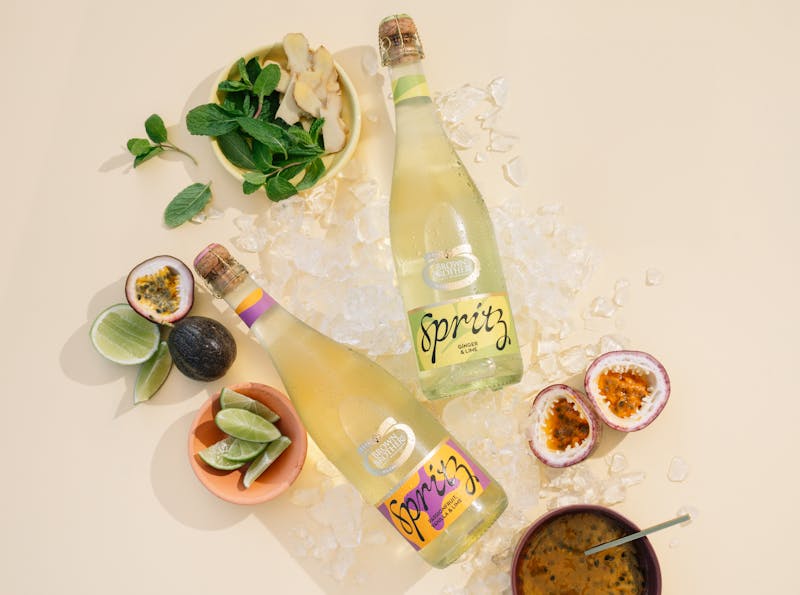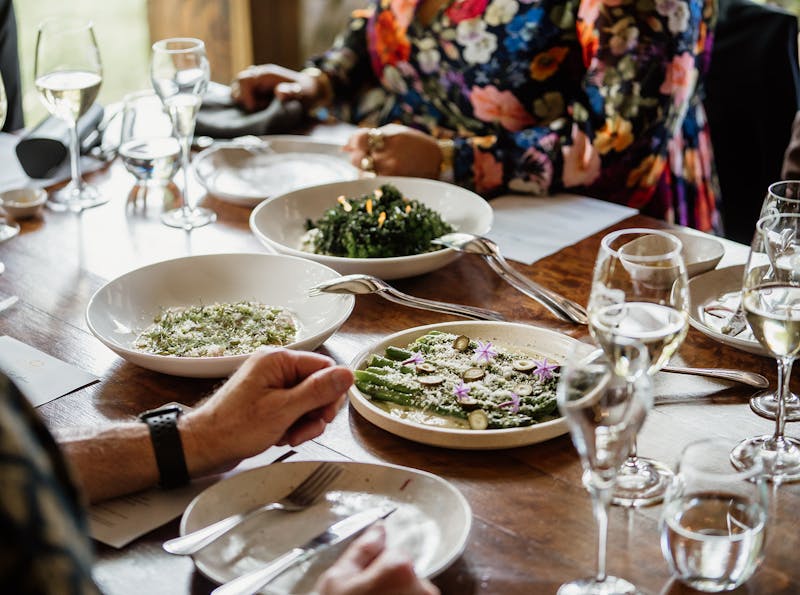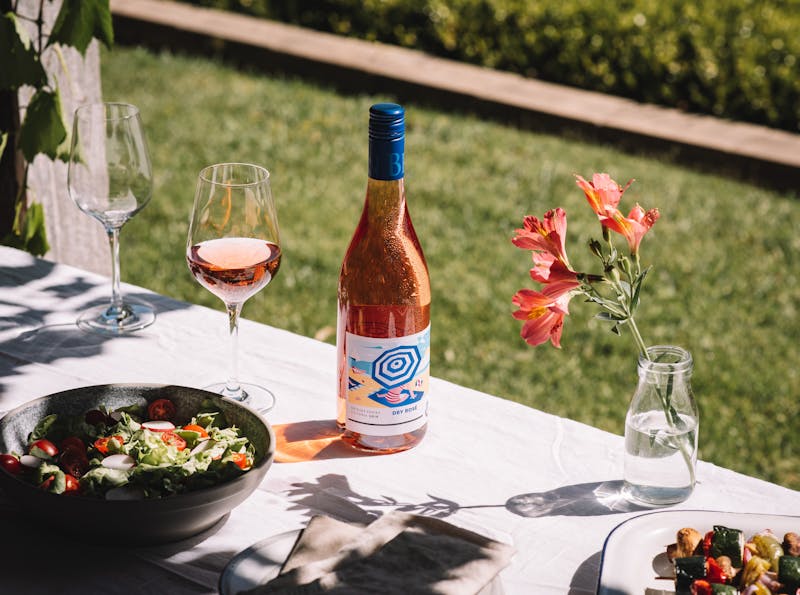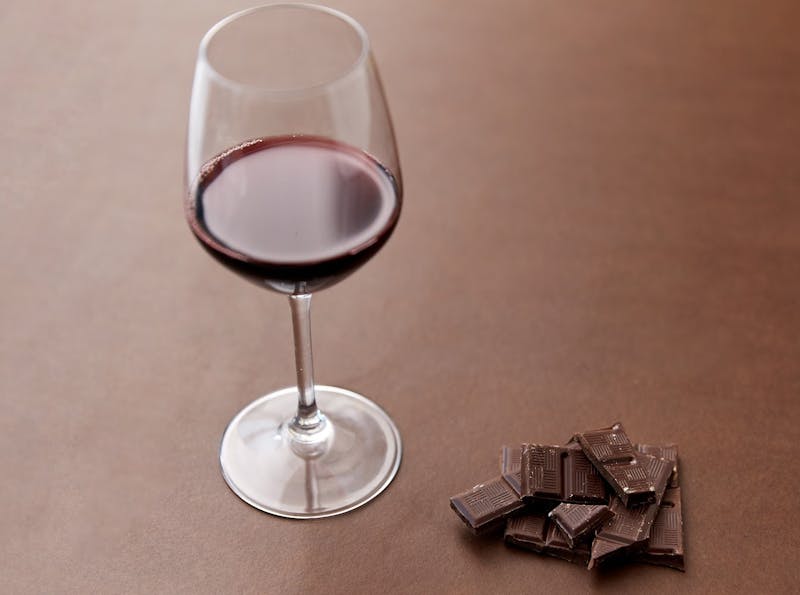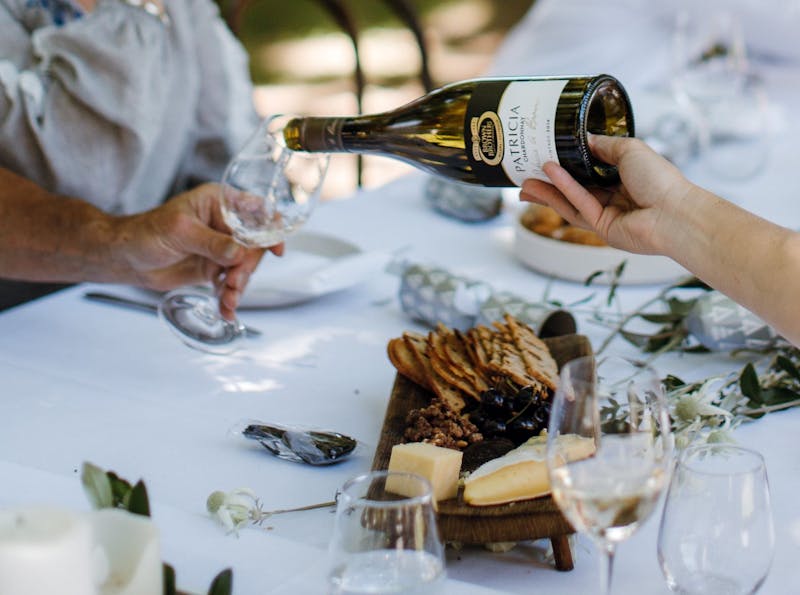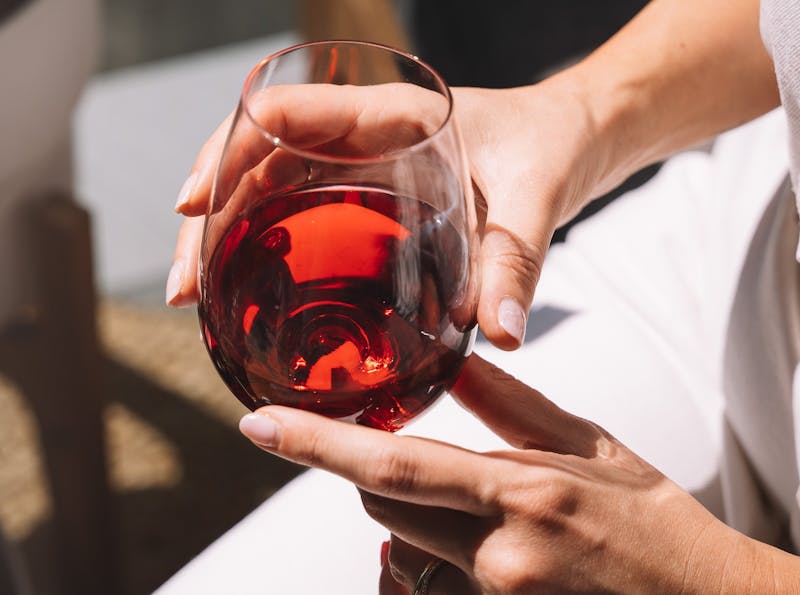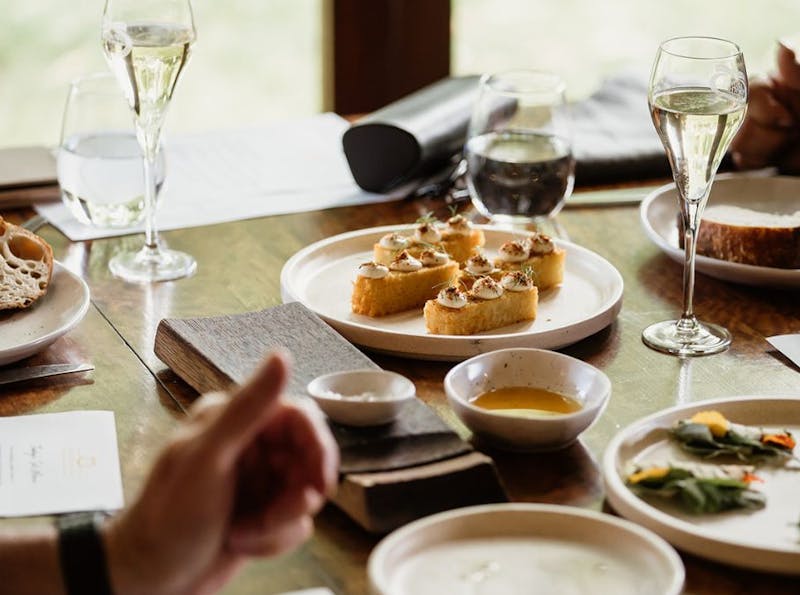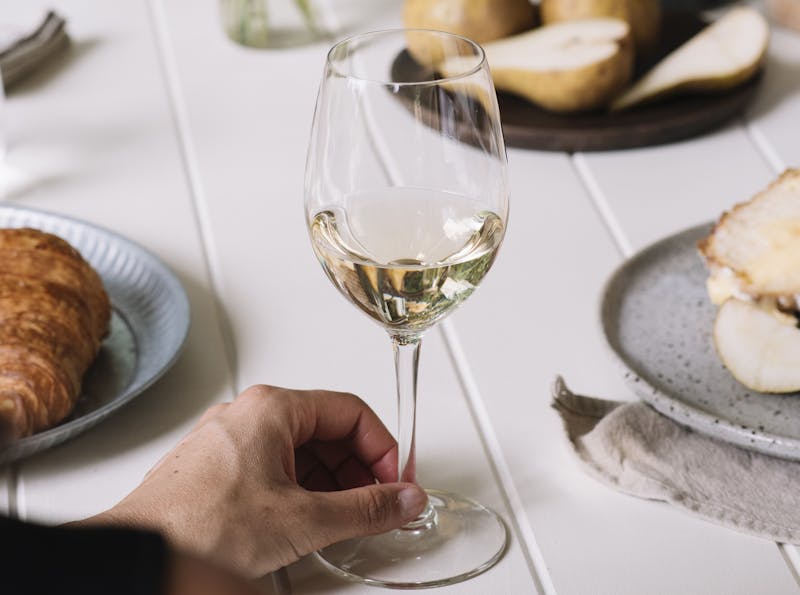Wine Education
Uncorking Cuvee: What is it, how is it made?
Wed 21 Feb 2024

In the world of sparkling wines, few terms carry the mystique and allure quite like "Cuvée."
A term whispered with reverence by sommeliers and well-traveled Aunts alike, Cuvée embodies the pinnacle of craftsmanship and artistry in winemaking. So, what exactly is a Cuvée, and what sets it apart from its sparkling counterparts like Prosecco or Champagne?
What is Cuvée?
In simple terms, Cuvée denotes a blend of wines, carefully curated to achieve a balance of flavours, aromas, and textures. Originating from the French word "cuve," meaning vat or tank, Cuvée traditionally referred to the best blend selected from a specific tank or batch of wine. Over time, its meaning has evolved to encompass the epitome of winemaking excellence.
How is Cuvée made?
The making of a Cuvée is a meticulous process, demanding precision, expertise, and an unwavering commitment to quality. It typically begins with the selection of grapes, sourced from premium vineyards renowned for their exceptional terroir and grape varietals. Each grape contributes its unique character to the blend, lending depth and complexity to the final composition.
Once harvested, the grapes undergo gentle pressing to extract their juices, which are then fermented in stainless steel tanks or oak barrels, depending on the desired style. The winemaker employs a judicious hand in blending different grape varieties, vintages, and sometimes even wines from disparate regions, aiming to achieve the perfect balance of fruitiness, acidity, and minerality.
Unlike some sparkling wines, where the secondary fermentation occurs in large tanks, Cuvée often undergoes a more labor-intensive method known as the traditional method. In this time-honoured technique, a small amount of yeast and sugar is added to the base wine before bottling, initiating a secondary fermentation that produces those coveted bubbles. The bottles are then aged on their lees, a process known as "sur lie," imparting complexity and richness to the wine.
Distinguishing Cuvée from its Sparkling Siblings
While Cuvée, Prosecco, and Champagne all share the effervescence that tickles the palate and the celebratory aura they evoke, each possesses its unique characteristics and production methods that set them apart.
- Prosecco: Hailing from the Veneto region of Italy, Prosecco is crafted primarily using the Charmat method, where the secondary fermentation occurs in large stainless steel tanks. These wines are renowned for their crisp, fruity profile and approachable charm, best enjoyed vibrant and young. Victoria's King Valley, known as the unofficial home of Australian Prosecco, shares many climate similarities with Italy. Its unique terroir, temperatures, and diverse soils enhance the grapes, making it perfect for Prosecco production.
- Champagne: The crown jewel of sparkling wines, Champagne hails from the eponymous region in France and is crafted using the méthode champenoise. Made predominantly from Chardonnay, Pinot Noir, and Pinot Meunier grapes, Champagne epitomizes elegance, complexity, and finesse, with its hallmark notes of brioche, citrus, and minerality.
Unlike other sparkling wines, Cuvée allows winemakers to blend across regions and grape types, offering them unmatched creative freedom. It represents the highest level of winemaking prowess, blending various elements seamlessly into one unified (and delicious) masterpiece.


